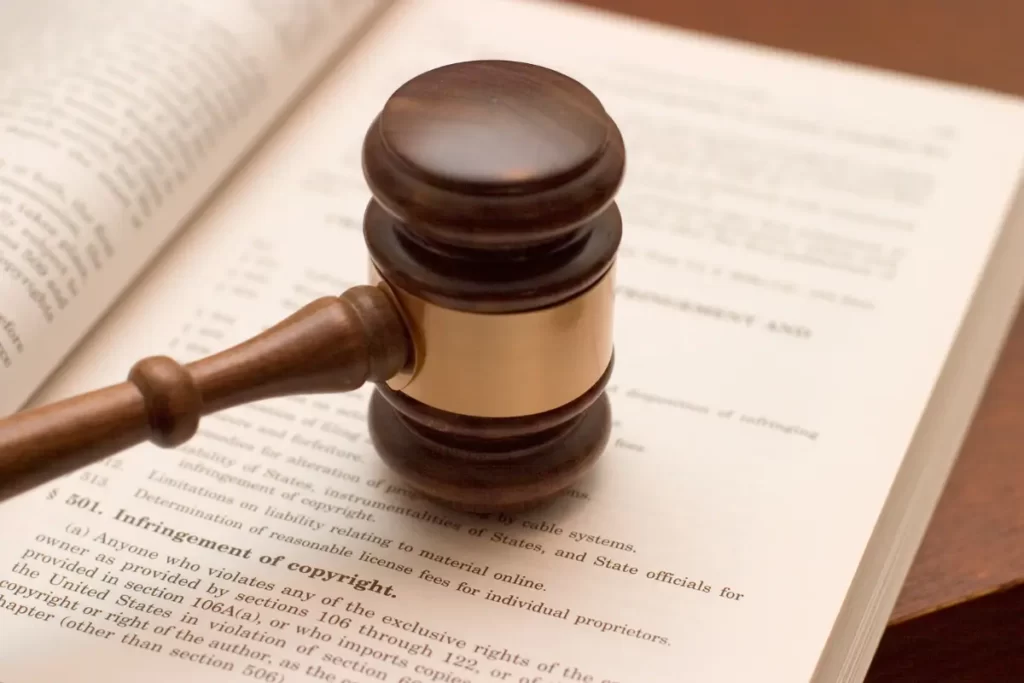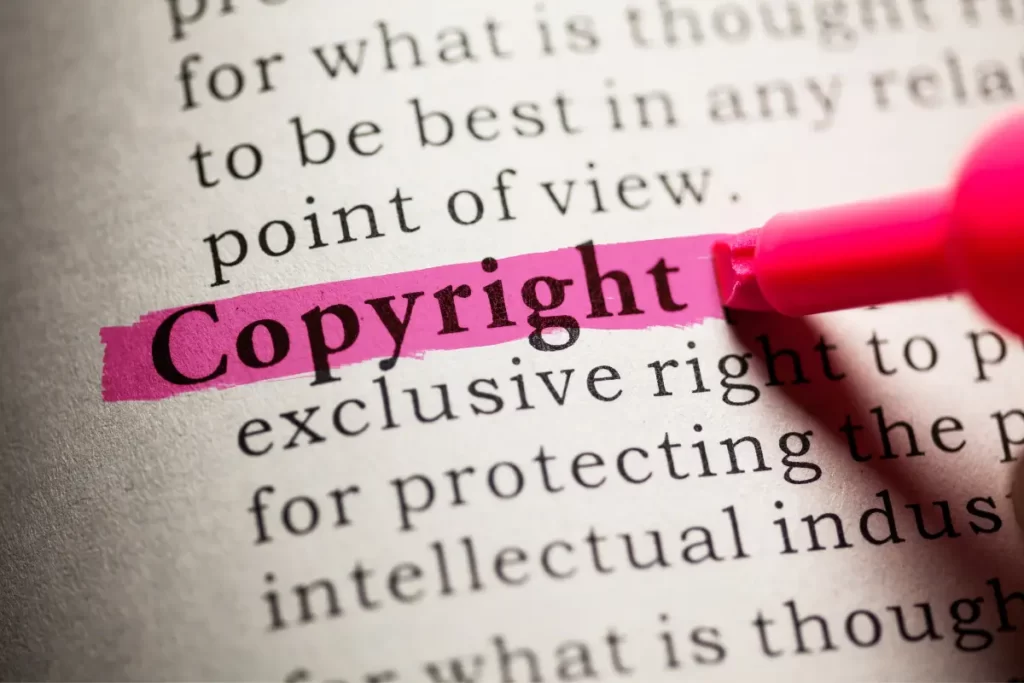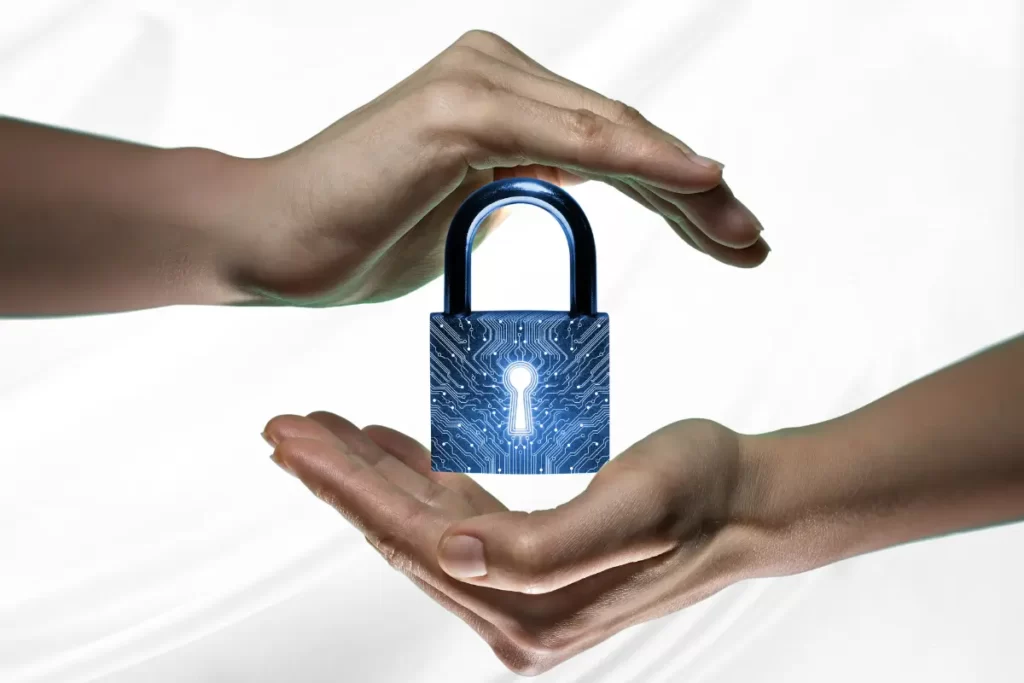Understanding Copyright in Indonesia: Definition, Types of Creations, and Recordation Procedures

In our previous article, we discussed Intellectual Property in general. One type of intellectual property important for protecting creative works is copyright. In this article, we will delve into copyright in more depth. What is copyright? What is the legal basis governing it? And how to register it? We will address all these questions in this article.
What is Copyright?
Copyright serves as a means of protecting the intellectual property of creators and their creations. According to Article 1, Paragraph 1 of Law No. 28 of 2014 on Copyright (“Law 28/2014“), copyright is the exclusive right of the creator that arises automatically based on the declarative principle once a creation is embodied in a tangible form, without prejudice to the limitations specified by laws and regulations.
Copyright includes two main rights: Moral Rights and Economic Rights. Moral Rights are the rights inherent in the creator to or not to include his name, the right to use his alias, to modify the creation, and to prevent distortions or modifications that could harm the creator’s reputation. These inherent rights cannot be transferred during the lifetime of the creator. However, Article 5 paragraph (2) of Law 28/2014 provides that these rights can be transferred by will or other causes based on the prevailing laws and regulations after the creator’s death.1
Meanwhile, Economic Rights refer to the exclusive rights of the creator or copyright holder to exploit their creation economically through publication, duplication, translation, adaptation, arrangements or transformation, distribution, performance, publication and rental of the creation. Anyone who exercises any of these economic rights must obtain permission from the creator or the copyright holder. Without permission, exercising these economic rights is considered a copyright infringement.2

Read More: Intellectual Property as Fiduciary Security in Indonesia: Breakthrough or Challenge?
Legal Basis of Copyright
Law 28/2014 governs the legal basis for copyright in Indonesia. This law replaces Law No. 19 of 2002 on copyright, and is designed to provide better protection for creative works and support the development of the creative economy in Indonesia. Law 28/2014 includes 19 chapters with 126 articles on copyright provisions.
Types of Protected Creations
Understanding the scope of copyright protection is crucial for creators and users of intellectual property. Although copyright protects a broad range of creations, its protection does not extend to all human creations. For clarity, we have grouped this information into two distinct categories i.e., creations that are protected and not protected by copyright.
A creation is any result of intellectual effort in science, art, and literature produced through inspiration, skill, thought, imagination, talent, ability, or expertise expressed in a tangible form. 3 Types of creations that are protected include: 4
| No. | Types of Protected Creations |
| 1. | Written Creations: Books, pamphlets, and other written materials. |
| 2. | Oral Creations: Lectures, speeches, and similar presentations. |
| 3. | Educational Tools: Used in education and science. |
| 4. | Musical Creations: Songs and music, with or without lyrics. |
| 5. | Performing Arts: Drama, musicals, dance, choreography, puppetry, and pantomime. |
| 6. | Visual Arts: Including paintings, drawings, sculptures, calligraphy, carving, statues, and collages. |
| 7. | Applied Arts: Creations with practical functions. |
| 8. | Architecture: Design and architectural creations. |
| 9. | Maps |
| 10. | Traditional Art and Batik: Batik art and other motifs. |
| 11. | Photography and Portraits: Photographic creations and portraits. |
| 12. | Cinematographic Creations: Including films and videos. |
| 13. | Transformational Creations: translations, interpretation, anthologies, databases, adaptations, arrangements, modifications, and other creations resulting from a transformation (including translations, adaptations, arrangements, transformations or modifications from Traditional Cultural Expressions) |
| 14. | Computer Programs and Video Games: Software and games. |
| 15. | Compilations and Databases: Compilations of creations or data creationreadable by Computer Programs or other media. |
| 16. | Traditional Cultural Expressions: Compilations and adaptations of traditional cultural expressions. |

Read More: Understanding Alternative Dispute Resolution
Creations Not Protected
Not all creations receive copyright protection. Some creations that are not protected by copyright include: 5
| No. | Types of Creations Not Protected by Copyright |
| 1. | Ideas and Concepts: Copyright does not protect ideas, procedures, systems, or methods, even if expressed in a creation. |
| 2. | Functional Tools and Products: Copyright does not protect products created solely to address technical problems or have a purely functional form. |
| 3. | Public Documents and Meeting Results: Copyright does not protect legislation, state speeches, court decisions, or holy books. |
How to Record A Copyright?
As previously explained, copyright arises automatically based on the declarative principle once a creation is embodied in a tangible form. Hence, copyright does not arise from a registration. As such, Law 28/2014 uses the term “recordation” or “pencatatan” as opposed to “registration”. Copyright recordation certificates serve as initial proof of ownership of copyrighted creations (until proven otherwise). To facilitate understanding, here is a step-by-step guide to copyright recordation: 6
- Document Preparation:
- Examples of the creation or related products.
- A statement of ownership of the creation and associated rights.
- Proof of payment for registration fees.
- If submitted by multiple individuals or legal entities, additional documents, such as the deed of establishment or statement of joint ownership, are required.
- Application Submission:
- Submit a written application to the Minister of Law and Human Rights or Menteri Hukum dan HAM (“Menkumham“) through the Directorate General of Intellectual Property or Direktorat Jenderal Kekayaan Intelektual (“DJKI“).
- Applications can be submitted electronically or non-electronically.
- Administrative Review:
- DJKI reviews the completeness and appropriateness of the submitted documents.
- Ensure all requirements are met.
- Substantive Examination:
- Menkumham conducts a substantive examination to ensure that the registered creation does not have essential similarities to previously registered creations.
- This process aims to avoid duplication and ensure the authenticity of the creation.
- Acceptance or Rejection Decision:
- If the application is accepted:
- Menkumham issues a certificate of recordation.
- The creation is recorded in the public register, including the creator’s name, application receipt date, and registration number.
- If the application is rejected:
- The applicant receives a written notification outlining the reasons for rejection.
- Rights and Proof of Ownership:
- The certificate of recordation serves as initial proof of ownership.
- The copyright holder obtains exclusive rights to control the use and distribution of the creation.

Read More: Arbitration & Other Alternative Dispute Resolutions
Benefits and Importance of Copyright Recordation
Copyright recordation offers several advantages for creators. First, legal protection is a significant benefit. A copyright recordation certificate serves as valid proof of ownership, making it easier for creators to assert their rights in case of disputes. Additionally, recordation provides official recognition from the state, which strengthens claims of ownership and exclusive rights.
Second, copyright recordation grants complete control over the use of creations and opens up opportunities to earn financial benefits from licenses and royalties. This is crucial for protecting creations from infringement and plgiarism, and provides a solid legal basis for taking action if copyright is infringed.
Third, copyright recordation supports brand development and turns creations into valuable assets in business activities. With this protection, creators are motivated to continue innovating as their creations receive adequate legal protection. This strengthens their overall market position and increases the economic value of their creations.
In conclusion, copyright is a crucial aspect of intellectual property protection, which enables creators to control and utilize their creations legally. Understanding the rights and obligations in copyright helps protect creations and maximize their economic potential.
If you need further information or would like to consult about copyright, please contact us at ADCO Law.
***
About ADCO Law:
ADCO Law is a firm that offers clients a wide range of integrated legal services, including in commercial transactions and corporate disputes in a variety of industry sectors. Over the course of more than a decade, we have grown to understand our client’s industry and business as well as the regulatory aspect. In dealing with business dynamics, we provide comprehensive solid legal advice and solutions to minimize legal and business risks.
ADCO Law is a Proud Member of the Alliott Global Alliance (AGA) in Indonesia. Founded in 1979, AGA is one of the largest and fastest-growing global multidisciplinary alliances, with 215 member firms in 95 countries.
As a law firm, we also believe in regeneration. To stay abreast of business changes and stay relevant, our formation of lawyers is comprised of the top graduates from Indonesian and international law schools.
Should you have more queries regarding this matter, please do not hesitate to contact us
ADCO Law
Setiabudi Building 2, 2nd Floor, Suite 205C
Jl. H.R. Rasuna Said Kav. 62, Setiabudi Karet
Jakarta Selatan, 12920, Indonesia.
Phone : +6221 520 3034
Fax : +6221 520 3035
Email : [email protected]
Disclaimer: This article has been prepared for scientific reading and marketing purposes only from ADCO Law. Accordingly, all the writings contained herein do not constitute the formal legal opinion of ADCO Law. Therefore, ADCO Law should be held harmless of and/or cannot be held responsible for anything performed by entities who use this writing outside the purposes of ADCO Law.


